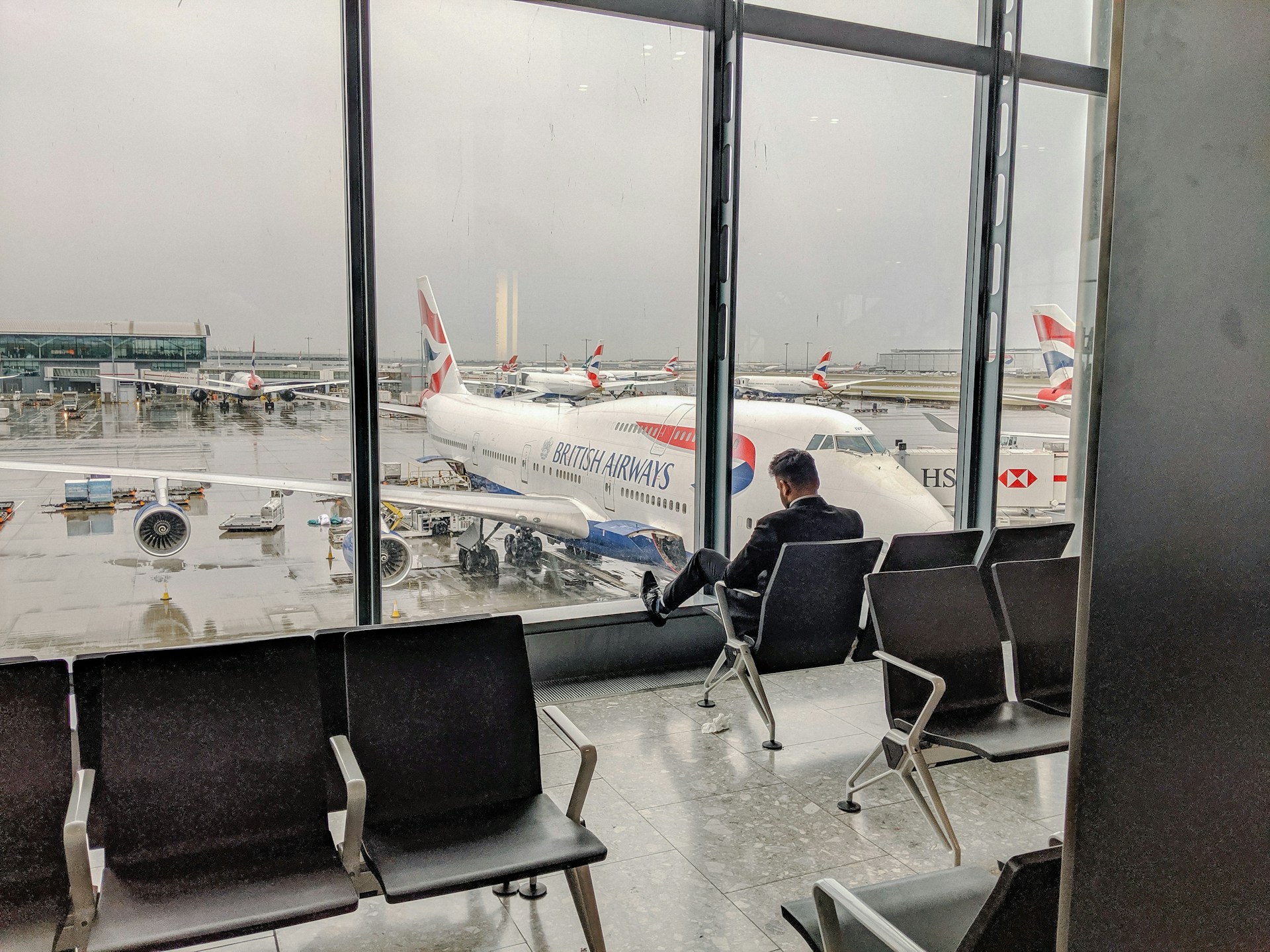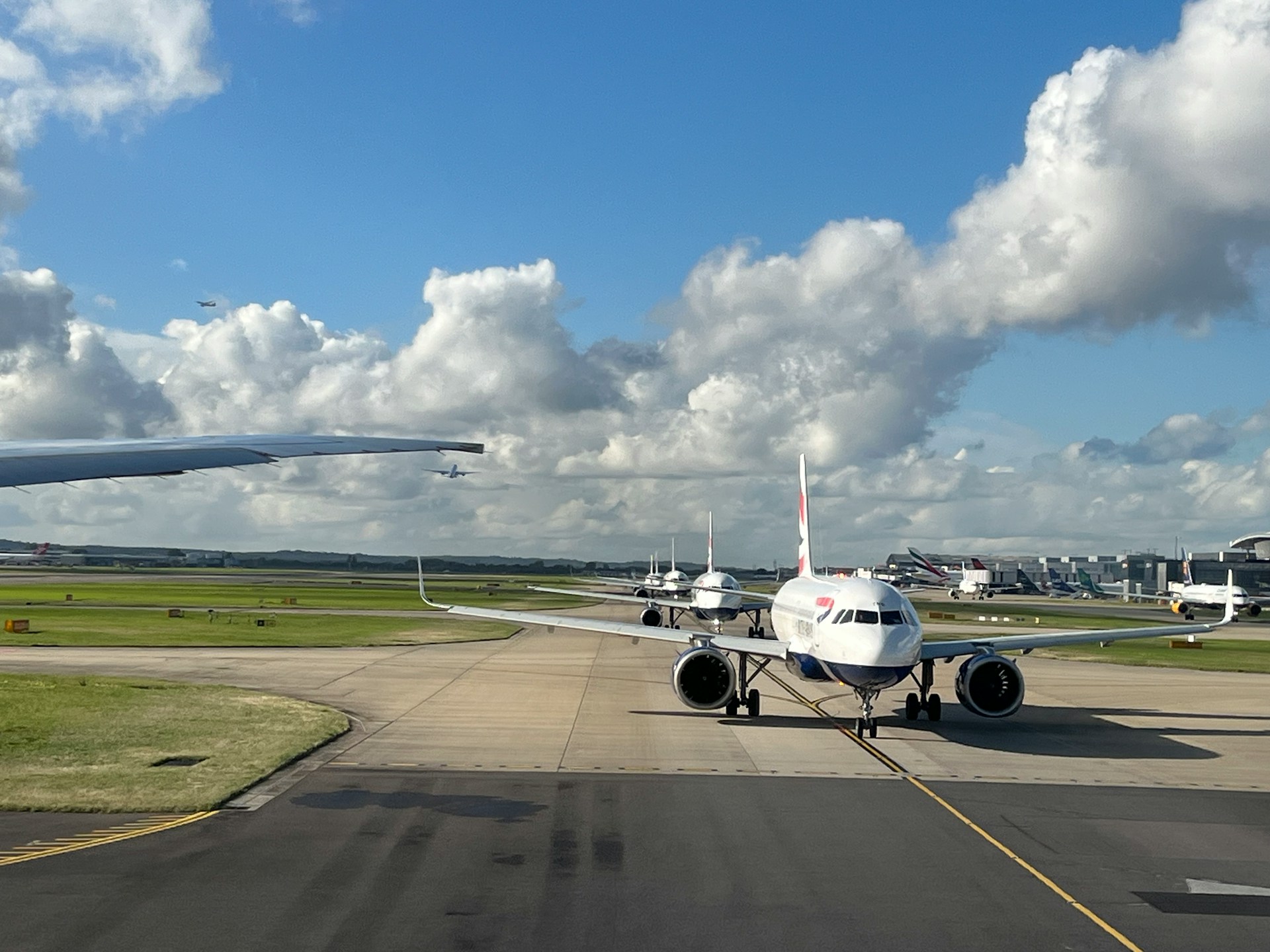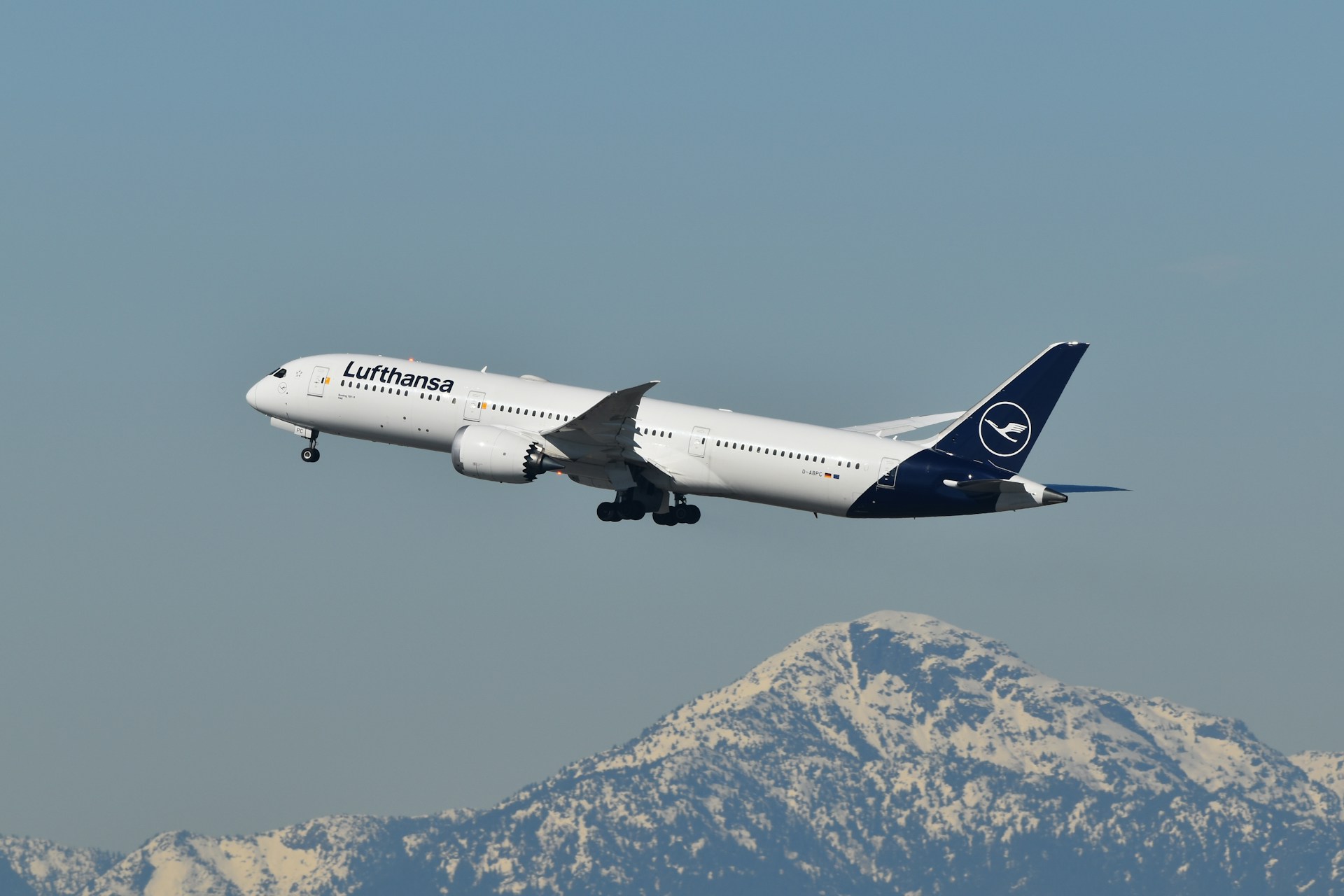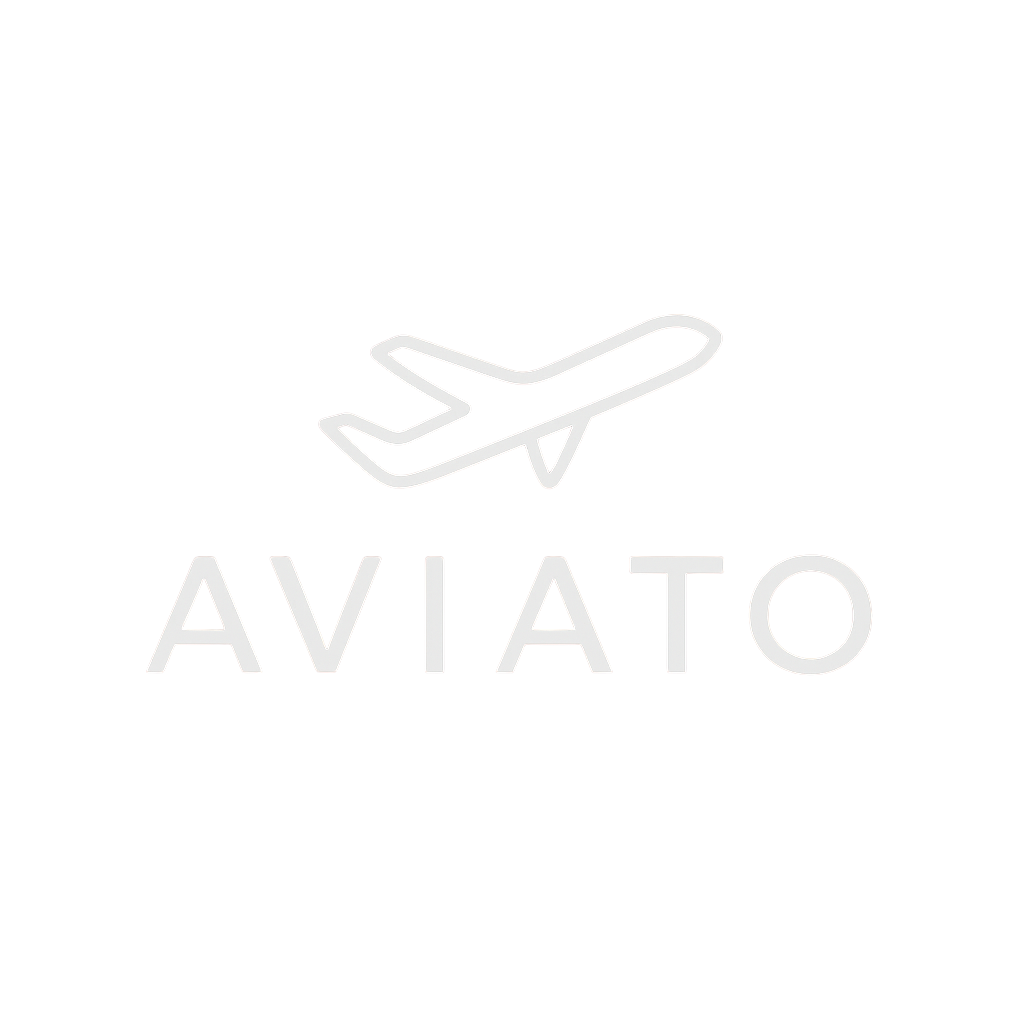The Value of a Heathrow Slot
At London Heathrow, takeoff and landing rights are some of the most sought-after assets in global aviation. The airport operates at close to 99 percent capacity, with about 10,500 weekly movements and an average of 40 to 45 takeoffs and landings per hour. Demand continues to rise, but the supply of slots has remained essentially fixed. This scarcity has made Heathrow slots both a strategic advantage and a financial prize.
Slots are not all created equal. An early morning arrival, perfectly timed for transatlantic business traffic, can be worth many times more than a late-morning landing. Summer slots are more valuable than winter ones, reflecting seasonal travel peaks. Airlines weigh these factors carefully, often paying extraordinary sums to secure rights that strengthen their network strategy.

Record Transactions in the Heathrow Slot Market
Over the last two decades, Heathrow has been the stage for some of the most expensive slot deals in aviation history. In 2016, Oman Air paid $75 million for a single pair of slots from Air France-KLM, the highest per-pair transaction on record. American Airlines, a consistent buyer at Heathrow, acquired one slot pair from SAS for $60 million in 2015 and returned in 2017 to purchase two pairs for $75 million.
The numbers climb even higher when looking at multi-pair transactions. Continental Airlines spent around $209 million in 2008 for four slot pairs, illustrating just how much value carriers attach to Heathrow access. More recent deals, such as Tarom’s sale to Qatar Airways in 2024, still command more than $20 million even for less commercially prime timings.
Why Prices Continue to Rise
Slot values are determined by far more than scarcity alone. Timing and seasonality play a role, but so too does airline strategy. Oman Air’s $75 million purchase in 2016 was not only about landing rights—it was a central pillar of Oman’s 25-year tourism growth plan. For American Airlines, Heathrow expansion meant solidifying its oneworld alliance network and defending transatlantic market share.
These cases show that slot purchases often go beyond simple scheduling needs. They are long-term bets on traffic flows, competition, and global positioning. For the carriers willing to pay, the returns are measured not just in revenue, but in market dominance.
The Third Runway: Heathrow’s £49 Billion Expansion Plan
Against this backdrop, Heathrow is pushing forward with a massive expansion proposal. The plan calls for a new 3,500-meter runway, a new terminal, and upgrades across the airport’s infrastructure. The total project cost is estimated at £49 billion, making it one of the largest private infrastructure investments in UK history.
If approved, the project would add capacity for 276,000 additional flights per year, bringing total annual movements to around 756,000. Passenger numbers could rise from about 84 million to as many as 150 million annually. Proponents argue that this would not only ease slot scarcity but also create up to 100,000 jobs and add 0.43 percent to UK GDP.
The UK government has expressed strong support for the project, with planning approval targeted before 2029 and operations expected to begin by 2035.

Supporters and Critics of the Expansion
Supporters of the third runway view it as essential for maintaining the UK’s status as a global aviation hub. They argue that new slots will attract more international routes, improve connectivity, and secure Heathrow’s long-term competitiveness.
Critics, however, highlight significant environmental and financial risks. The expansion would require the demolition of more than 700 homes and rerouting the M25 motorway, one of the busiest roads in the country. Environmental groups warn that higher flight volumes would undermine the UK’s climate goals. Financial analysts also question whether the airport, already carrying £17 billion in debt, can manage such an ambitious project without passing massive costs on to passengers.
Some propose alternatives, including the “Heathrow West” plan from the Arora Group, which suggests building a shorter and cheaper runway at a cost of £25 billion. Others argue that expanding Gatwick or Manchester could relieve pressure while spreading economic benefits more evenly across the country.
What It Means for Airlines
For airlines, the third runway could be both an opportunity and a challenge. More slots would, in theory, open doors for carriers that have long been shut out of Heathrow. But under the current “grandfathering” rules, which allow airlines to retain slots if they use them at least 80 percent of the time, dominant carriers like British Airways are likely to benefit most.
Some economists suggest that auctions could be a fairer method of distributing new slots, raising funds for the expansion while enabling new entrants such as easyJet to gain a foothold at Heathrow. Until such reforms are implemented, incumbents may continue to enjoy a structural advantage.
What It Means for Passengers
For passengers, the impact will depend on how the new capacity is allocated and priced. More slots could lead to greater flight availability, expanded destinations, and potentially lower ticket prices if competition increases. However, if expansion costs translate into higher airport charges, airlines may pass these on through higher fares.
Either way, the future of Heathrow’s slots will directly shape how millions of people travel in and out of the UK each year.
Experience Heathrow in Real Time
The debate over Heathrow’s future often feels abstract, but its runways are the stage for this global drama every single day. You can see it for yourself by watching real-time arrivals and departures.
👉 Watch live landings on YouTube — FlightFocus365
Heathrow Slots & Third Runway — Common Questions
What are Heathrow slots?
Heathrow slots are permissions for airlines to take off or land at London Heathrow Airport at specific times. Because Heathrow operates at nearly full capacity, these slots are extremely scarce and valuable.
Why are Heathrow slots so expensive?
The high cost of Heathrow slots is driven by scarcity, timing, and strategic importance. Morning arrivals are particularly valuable for transatlantic business traffic, and summer slots carry higher demand. Airlines also view slot purchases as long-term investments in market share and network expansion.
What is the most expensive Heathrow slot ever sold?
The highest publicly reported slot deal was in 2016, when Oman Air paid $75 million for one early-morning slot pair from Air France-KLM. Continental Airlines also spent $209 million in 2008 to acquire four slot pairs in one of the largest multi-pair deals.
How will Heathrow’s third runway affect slot availability?
If built, Heathrow’s £49 billion third runway could add capacity for 276,000 new flights per year, nearly doubling current operations. This would ease scarcity, but how the new slots are allocated will determine whether competition increases or incumbents like British Airways remain dominant.
When will the third runway be completed?
The UK government is targeting planning approval before 2029, with the runway expected to be operational by 2035 if construction proceeds as planned.
Will more slots make flights cheaper for passengers?
Potentially. More capacity could lead to more competition and lower fares. However, if expansion costs lead to higher airport charges, airlines may pass these costs on to passengers, offsetting potential price reductions.
.zip%20-%201.PNG)


